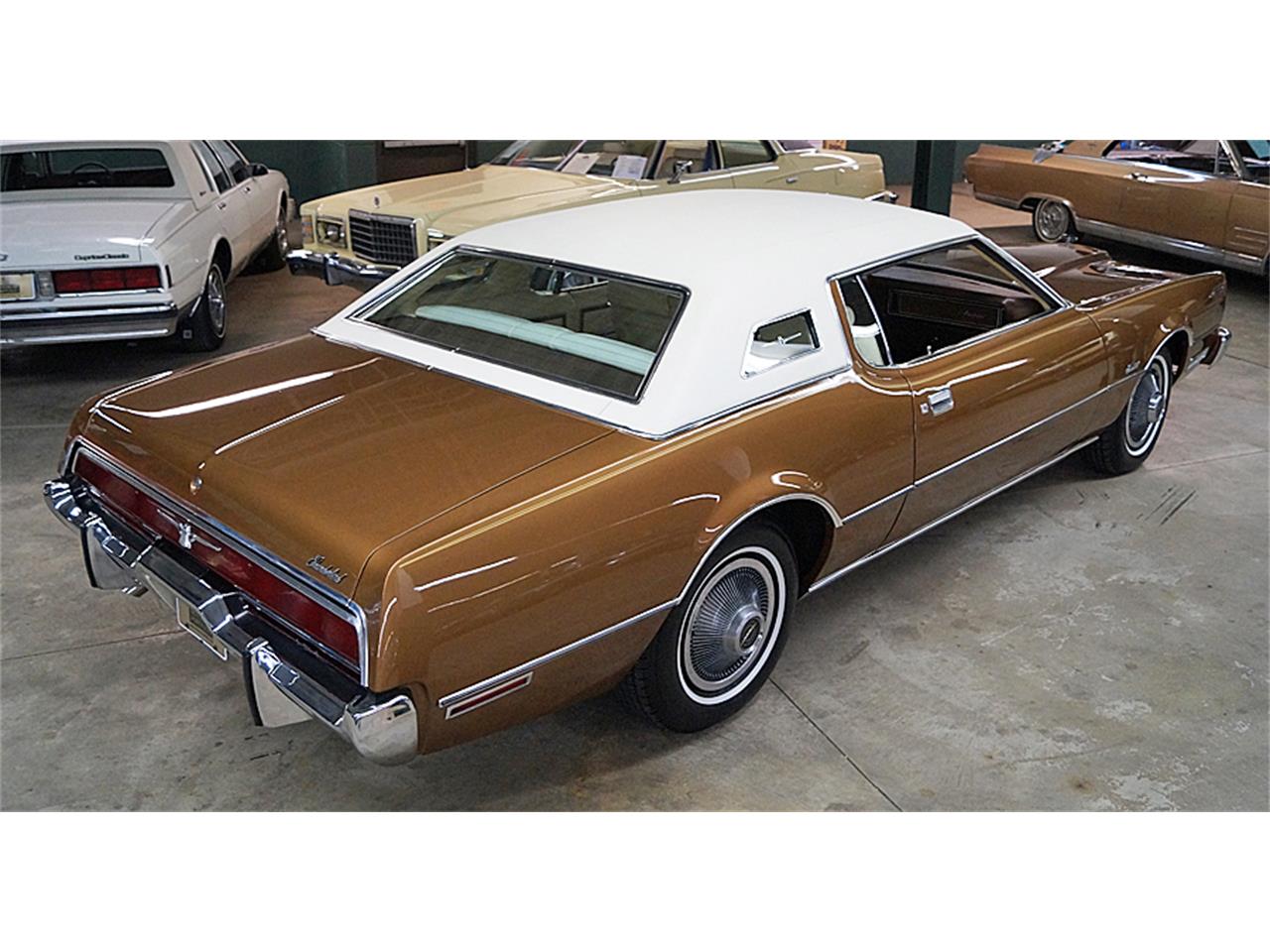
(In elementary-school English, "camber thrust" is the side force generated when a rolling wheel leans - or "cambers" to a side).īuick cleverly used simple physics and lowered the lower control arm's inner pivot while raising the upper control arm's inner pivot. The mechanical wizards from Detroit made the camber thrust effect work in their favor rather than try to counteract it. "The best directional stability ever experienced in an automobile" is how the engineers described their invention.

The faux vee-butted rear window on the `73 Riviera is a subtle hint at that classic second-generation sportscar legend. The head stylist of General Motors drastically reshaped the Riviera, using cues from one of his early-60s sweethearts, the Sting Ray Corvette of 1963. Leave it to Bill Mitchell - VP of Design - to make it happen. They wanted to see a change but not break the bank over it. "A change is needed," murmured the white collars in the upper offices from Michigan. Despite rolling out more than 37,000 units for that model year, GM's coin counters reported a slash downfall from the nearly-53,000 figure of 1969.

More importantly for Buick, it attracted buyers – over 112,000 from 1963 to 1965 – and stole the show the Blue Oval initially put on.īy the late 60s, however, things went south for the Riviera, with sales nosediving in 1970. In 1963, Buick hatched the Riviera, a beautiful car in its own right, with a strong GM-unlike styling language that garnered vast appreciation and equal portions of criticism.


 0 kommentar(er)
0 kommentar(er)
